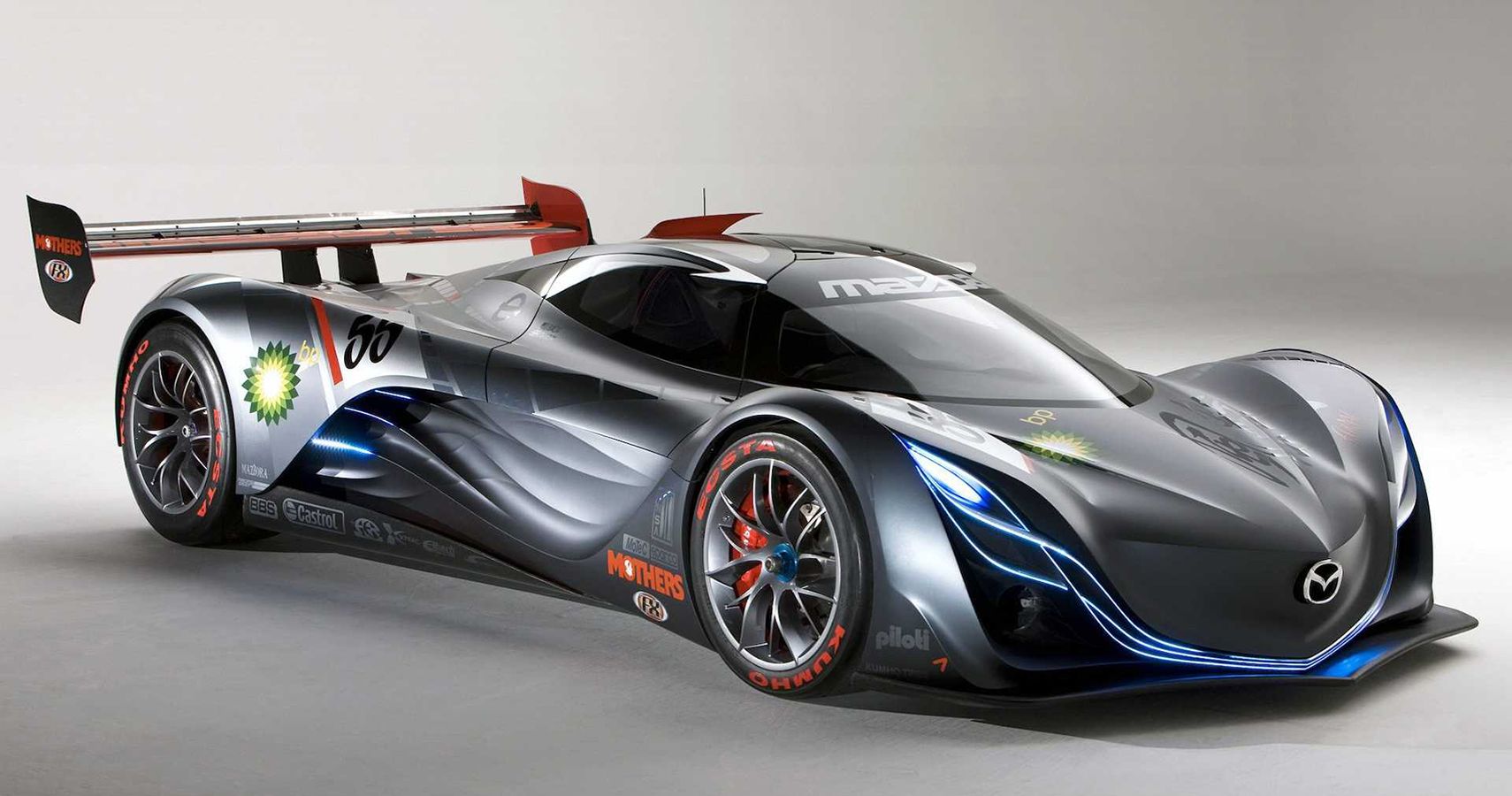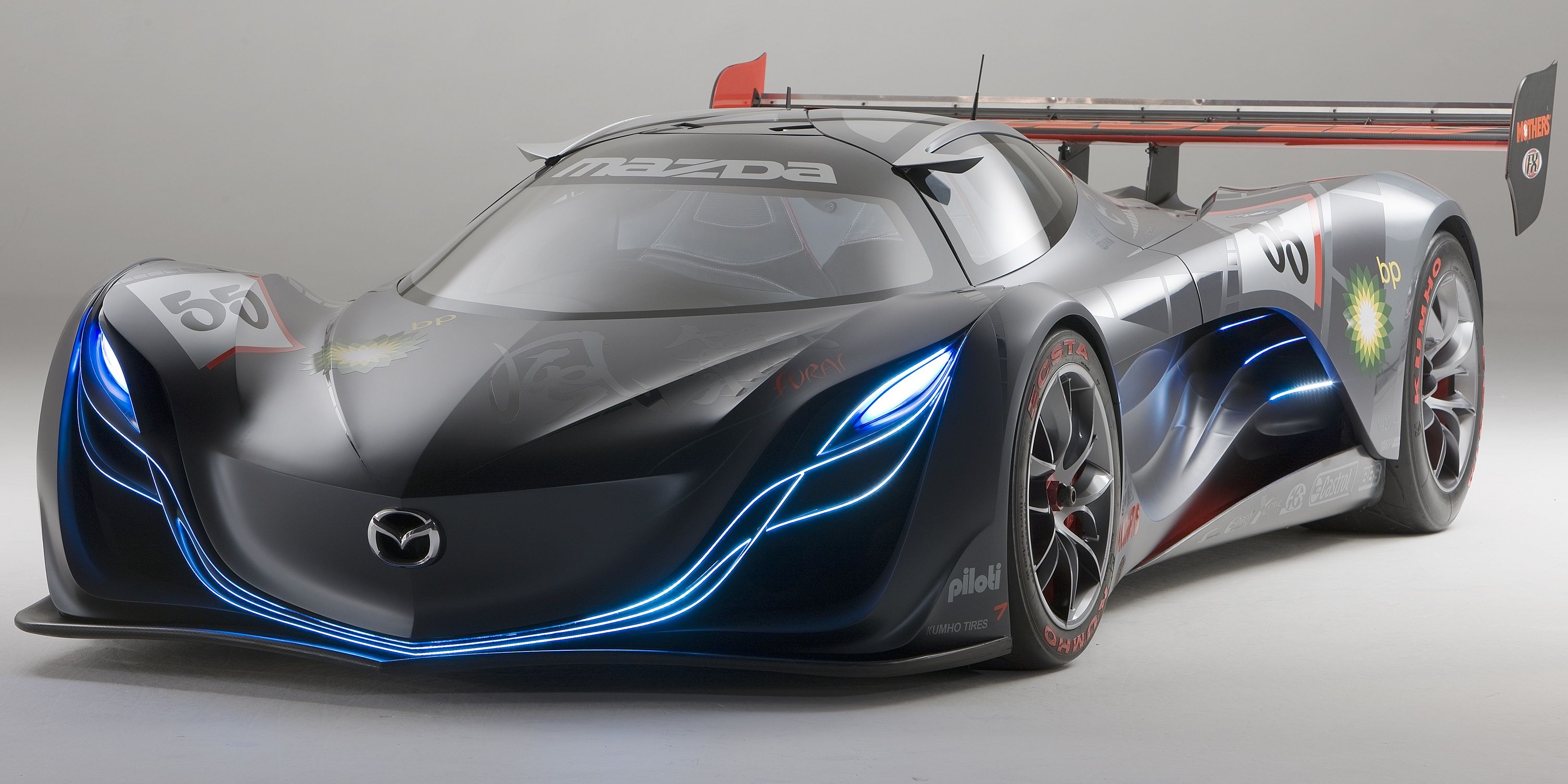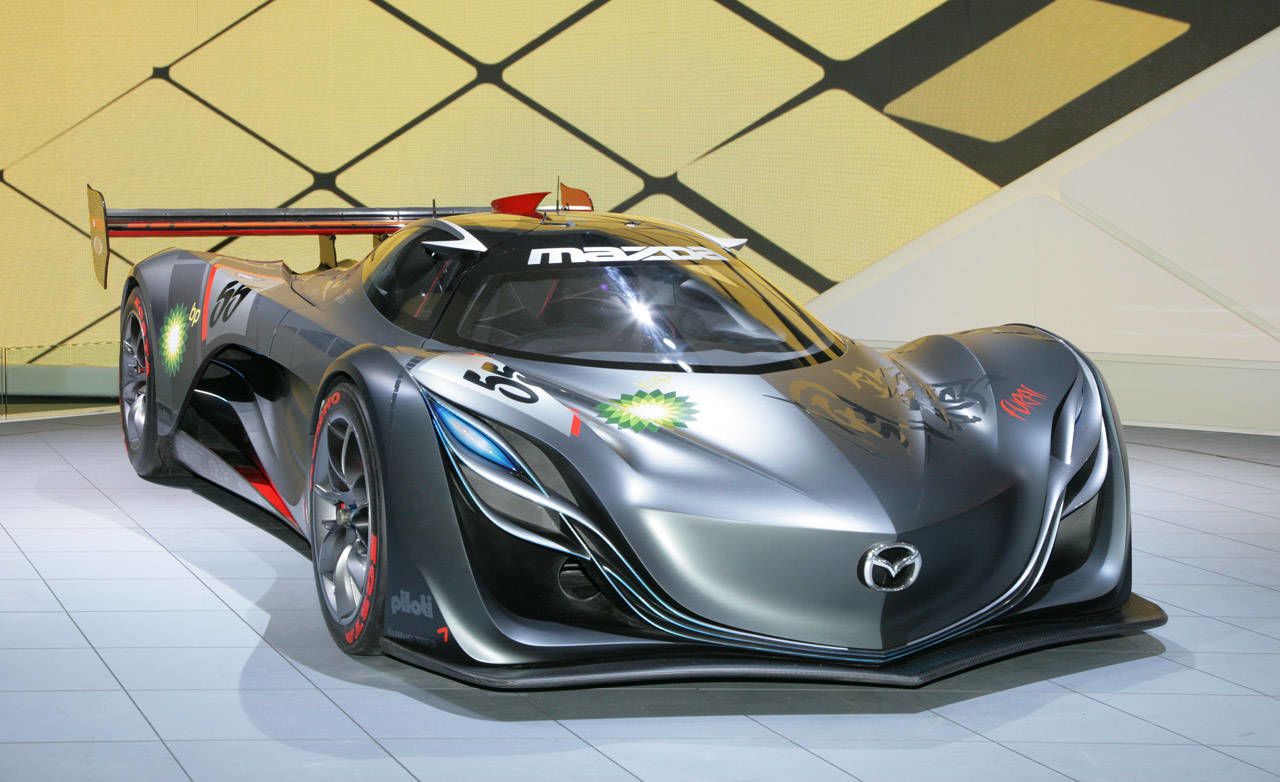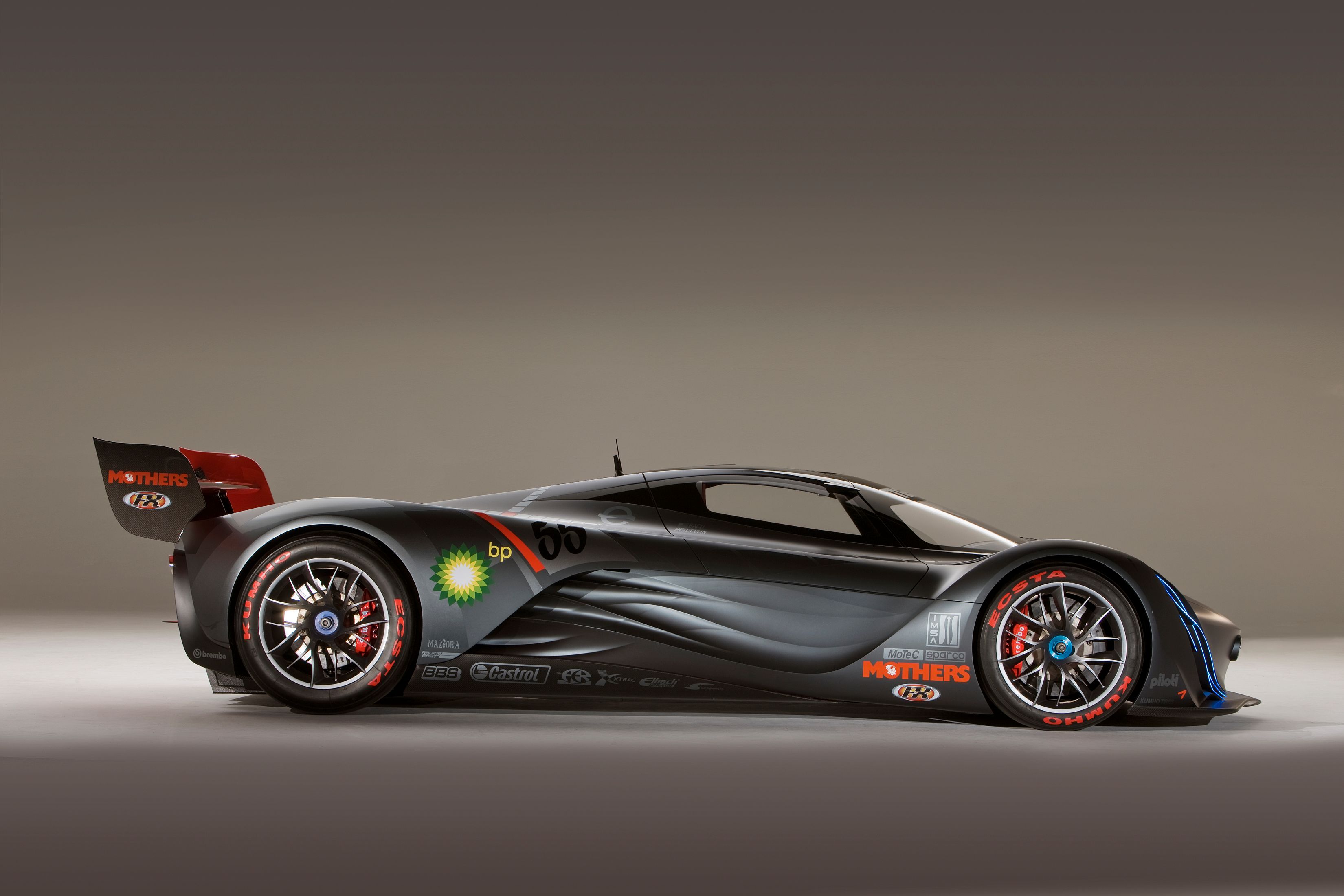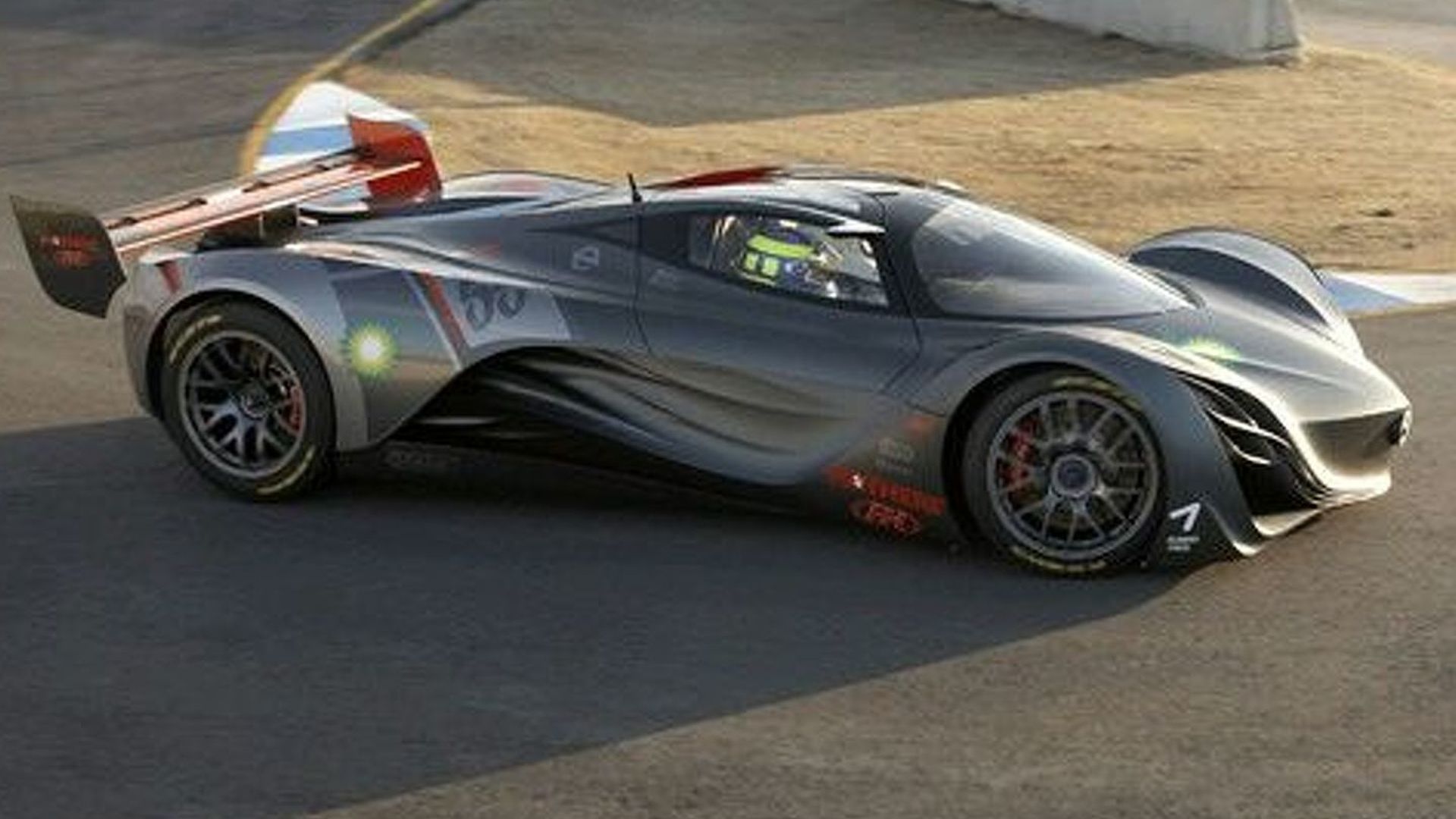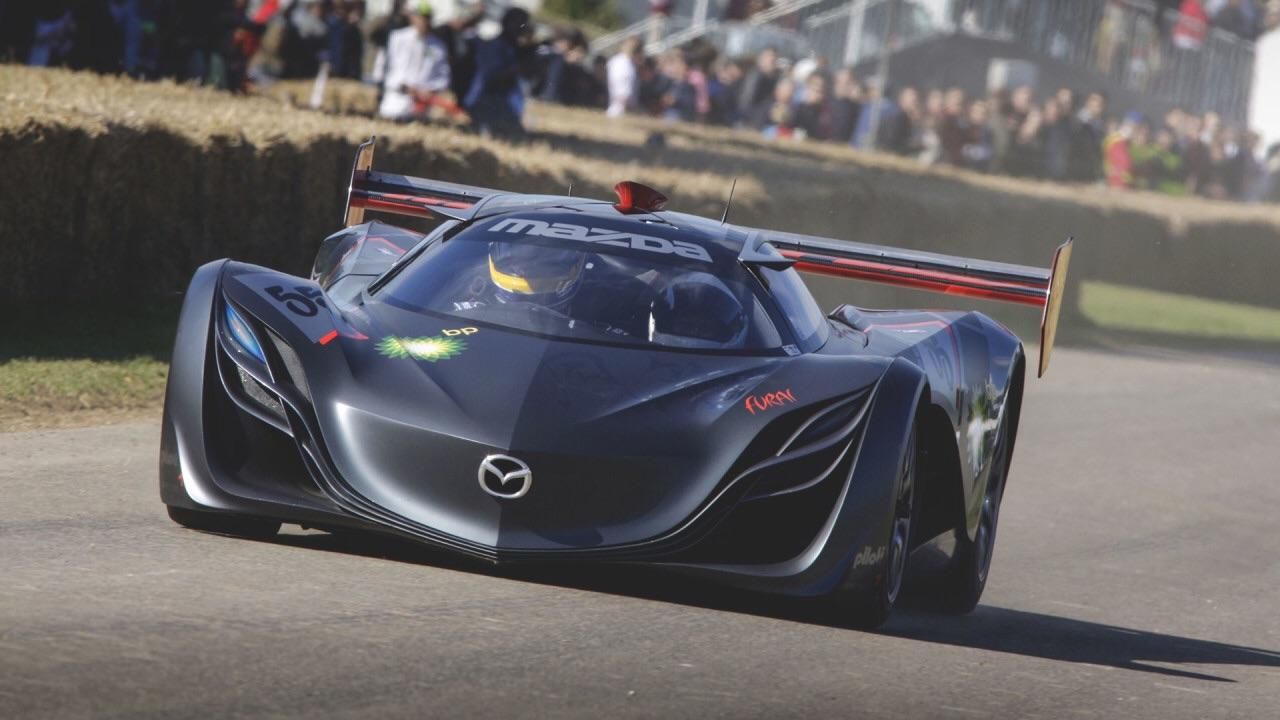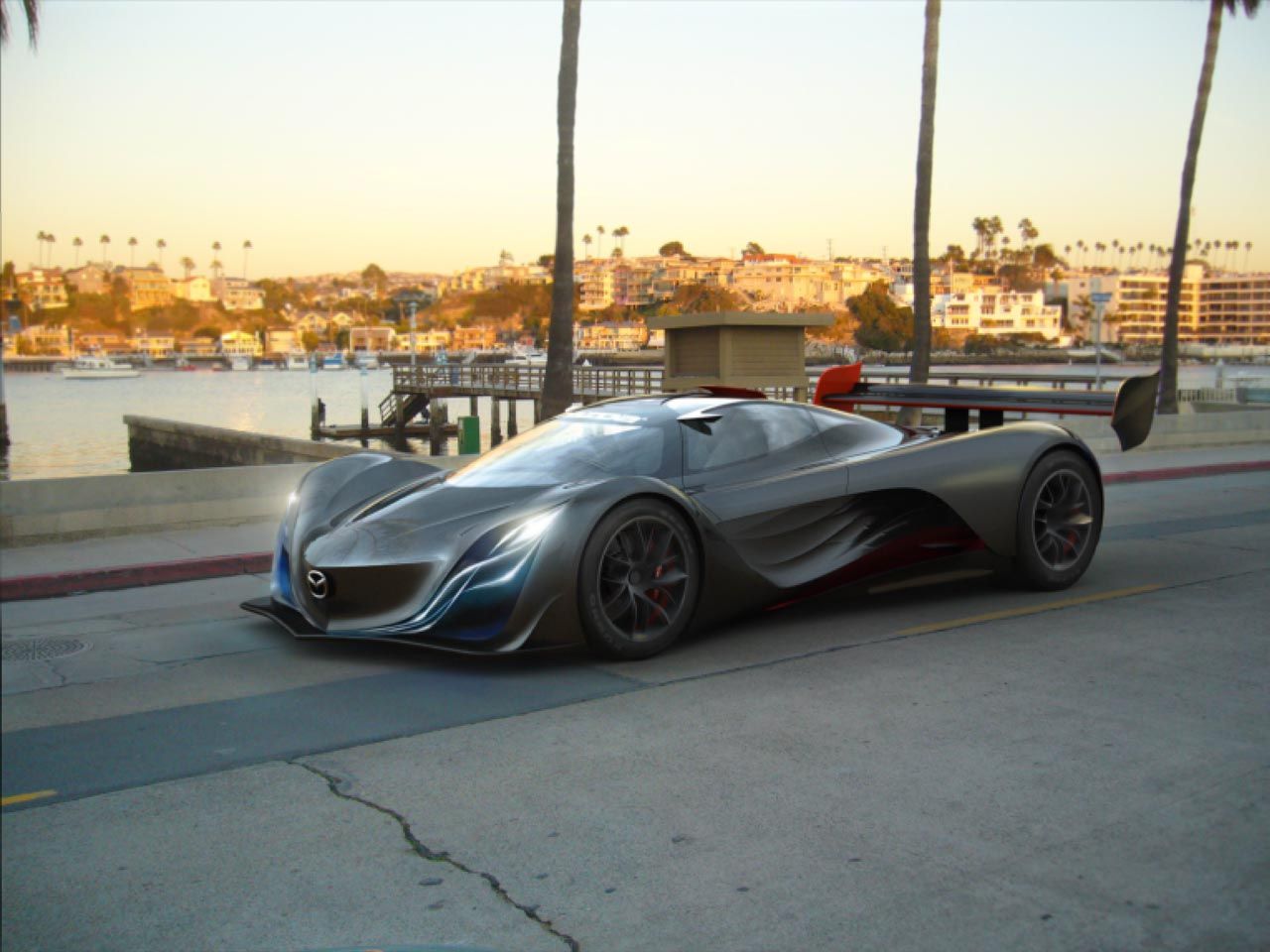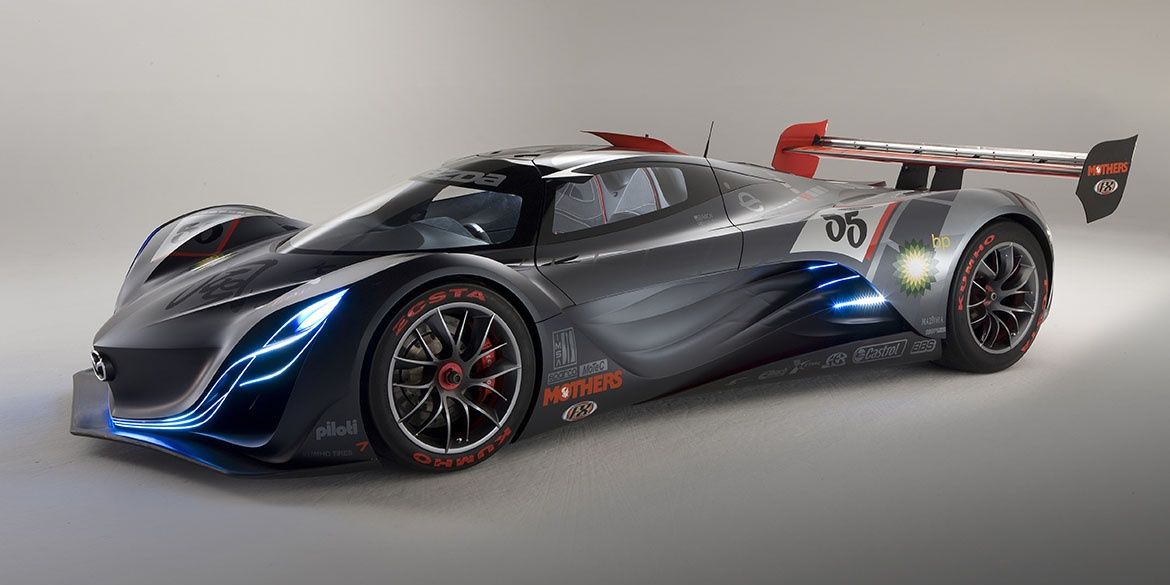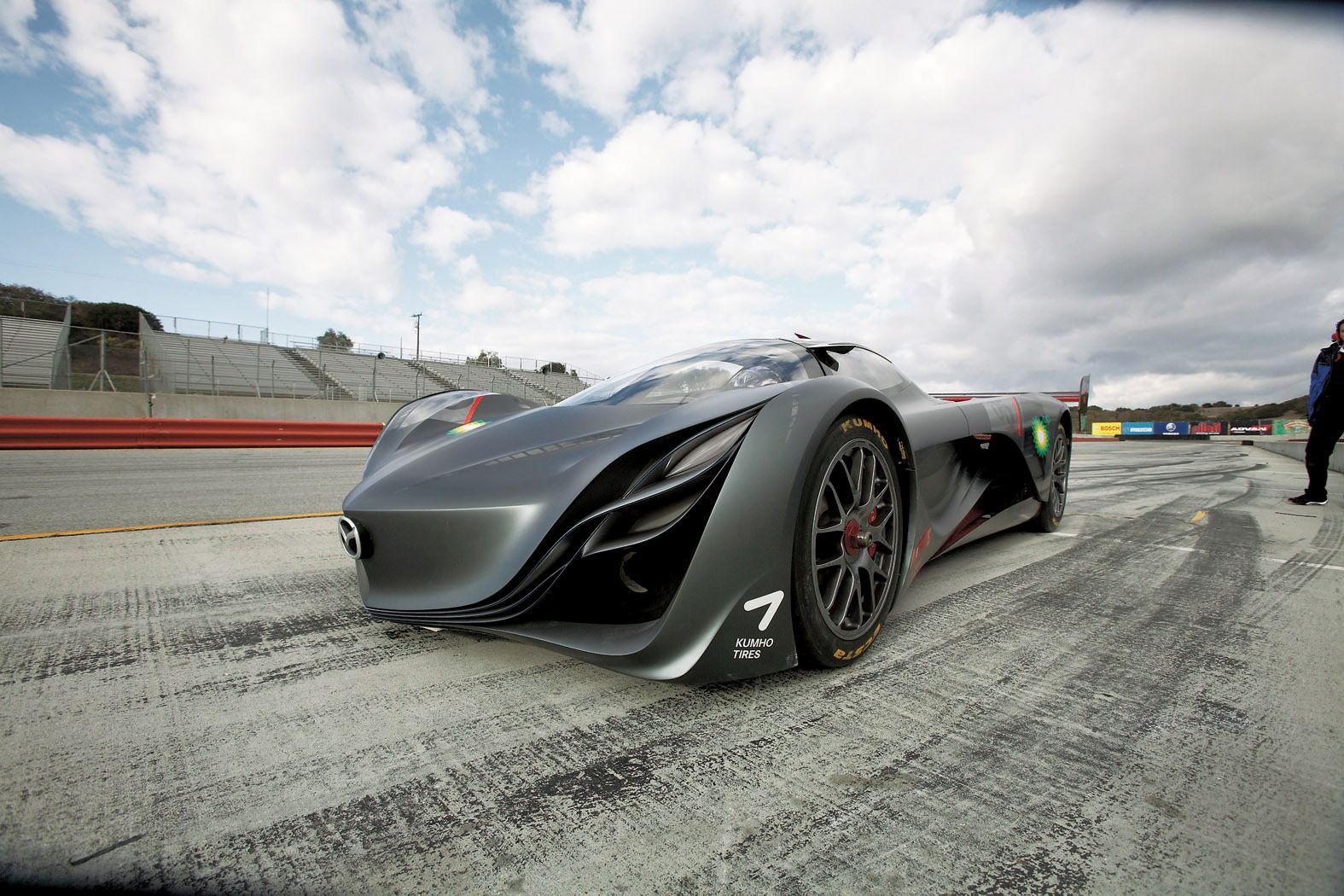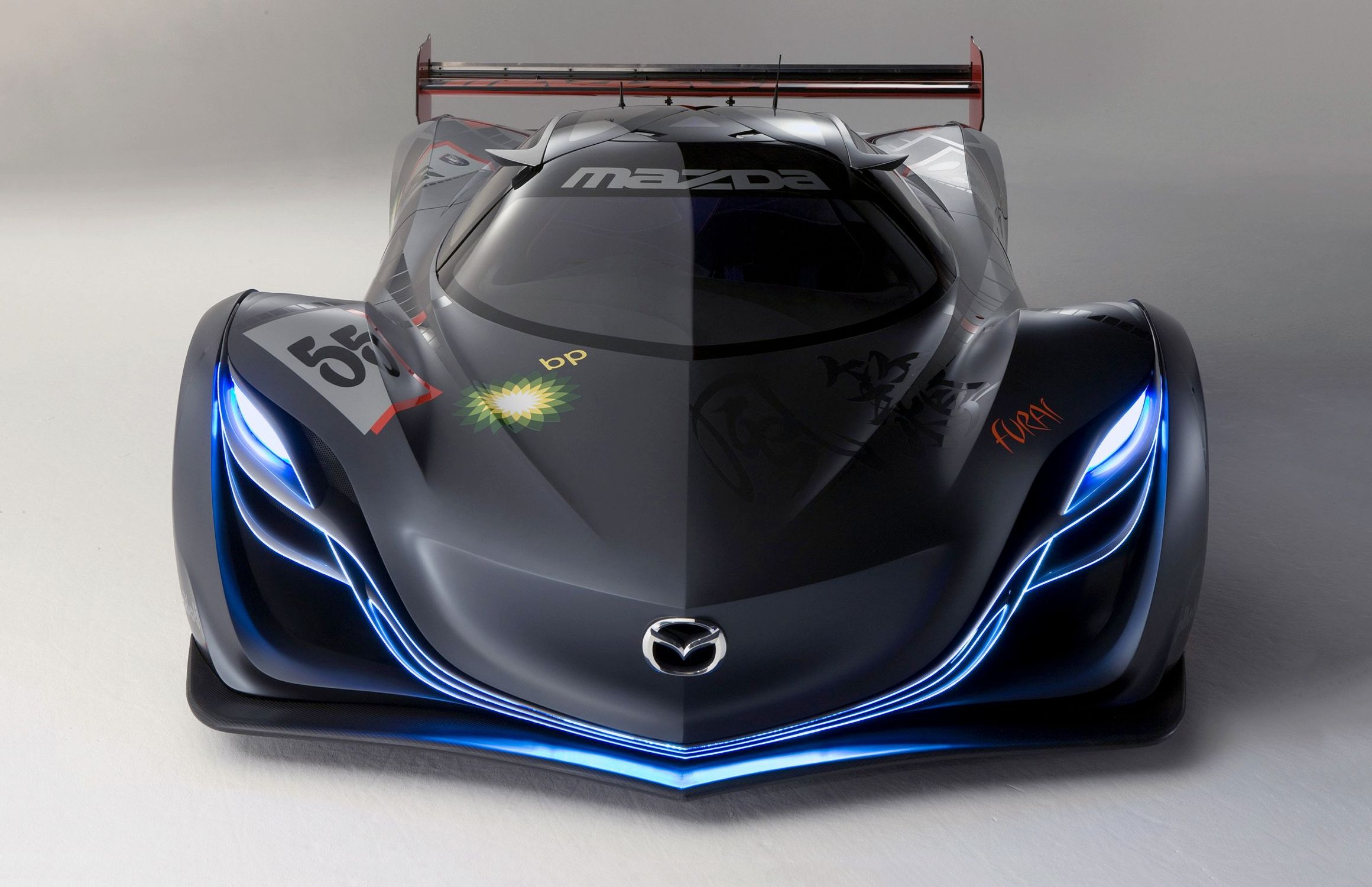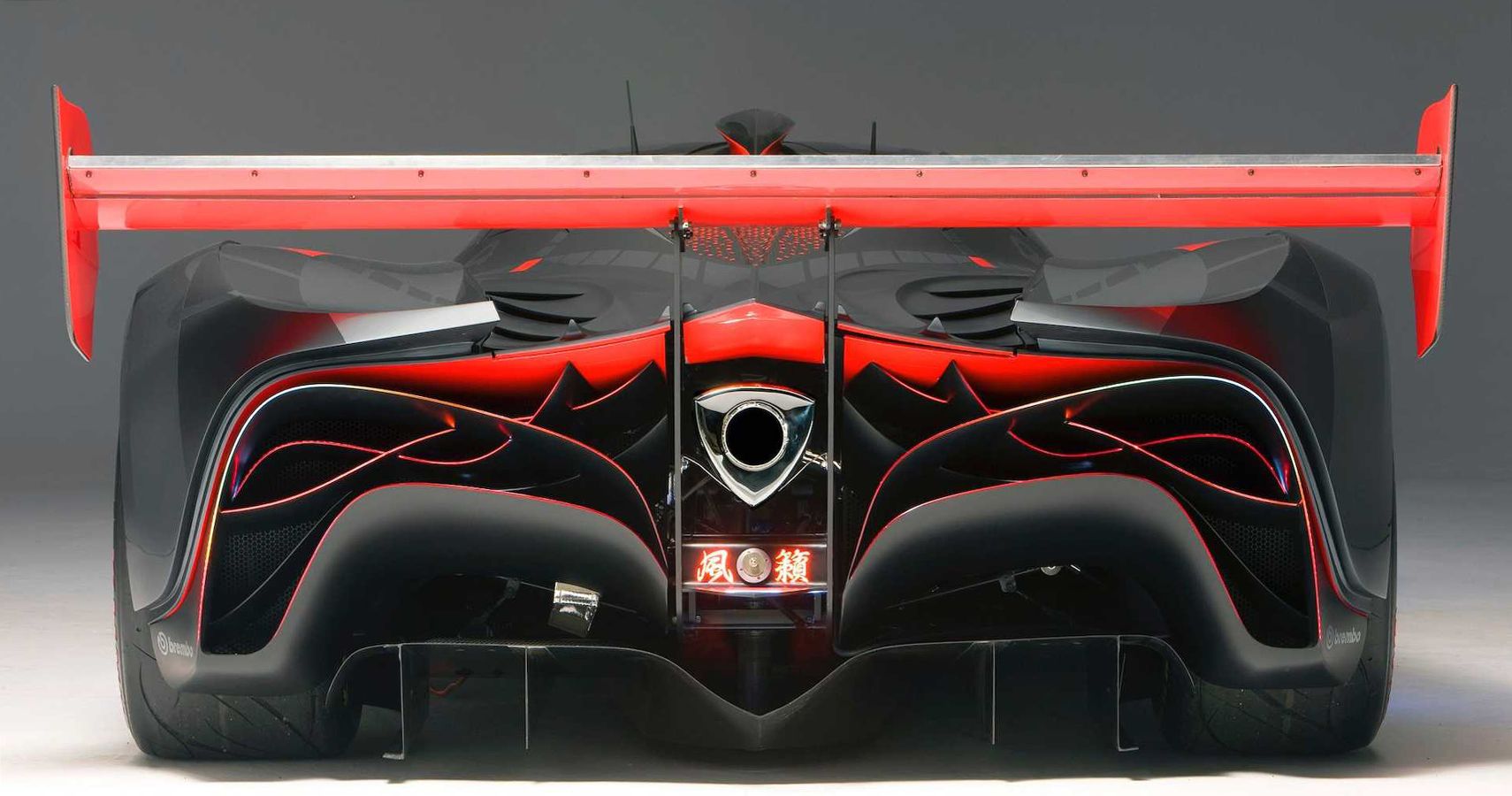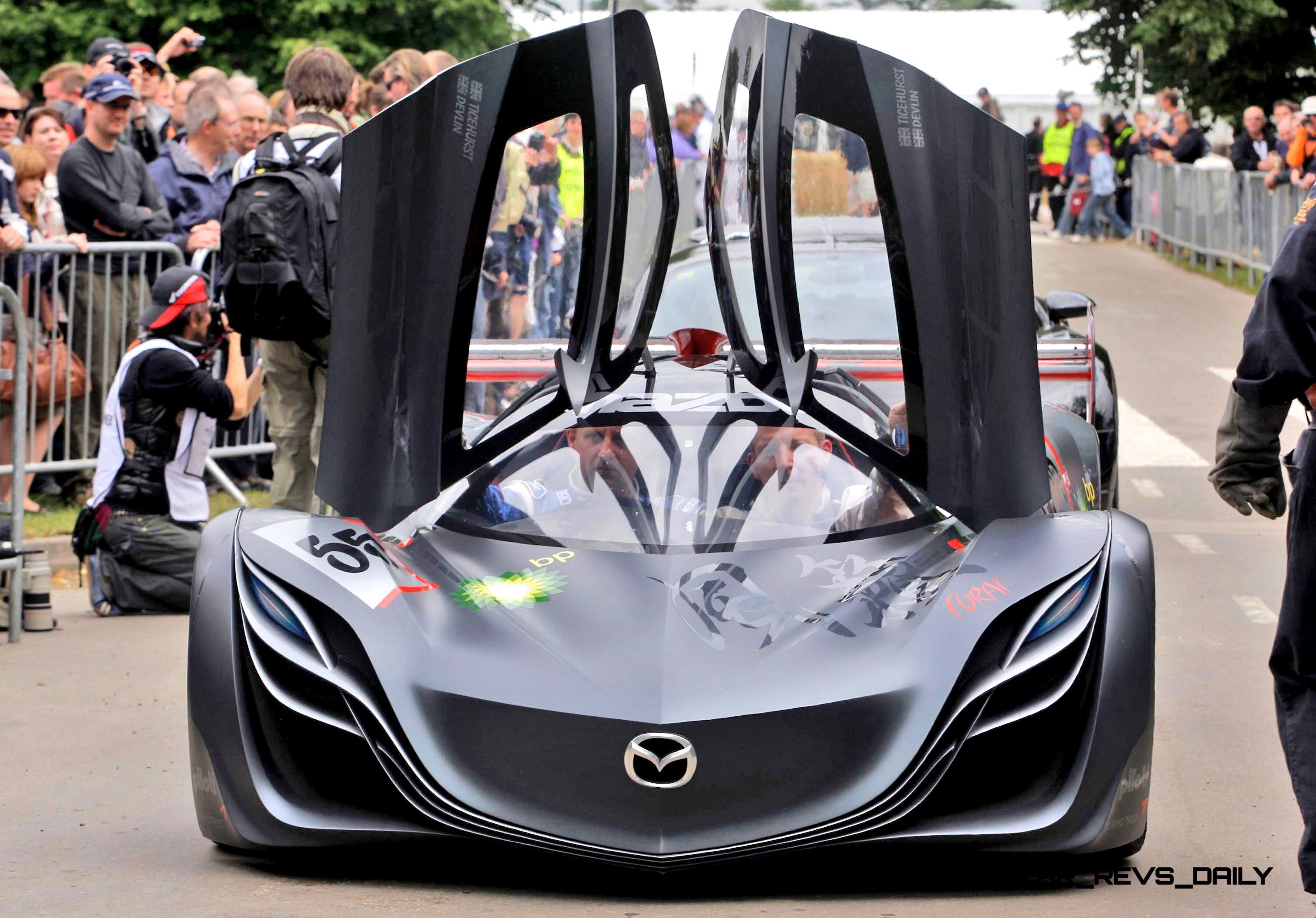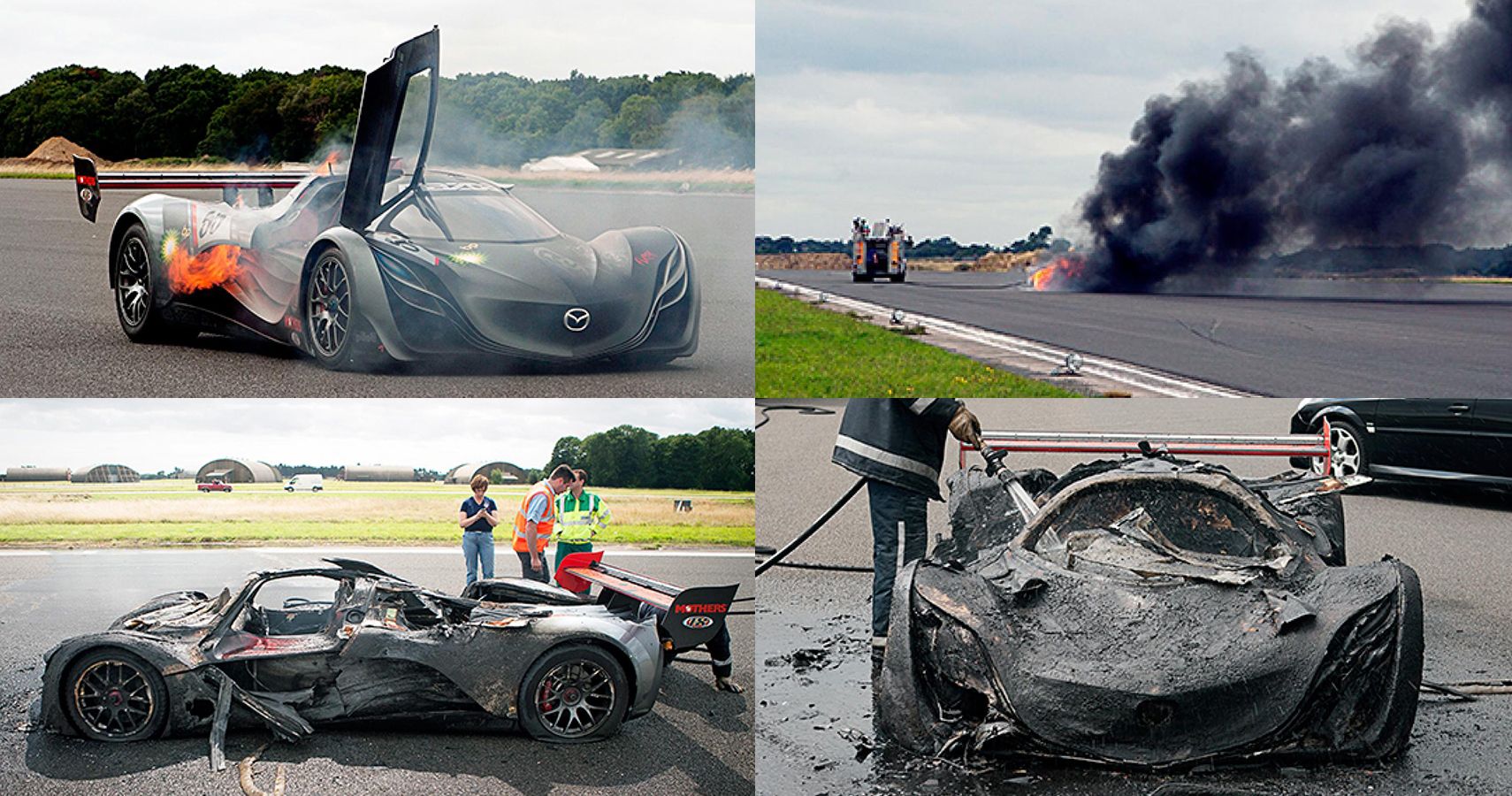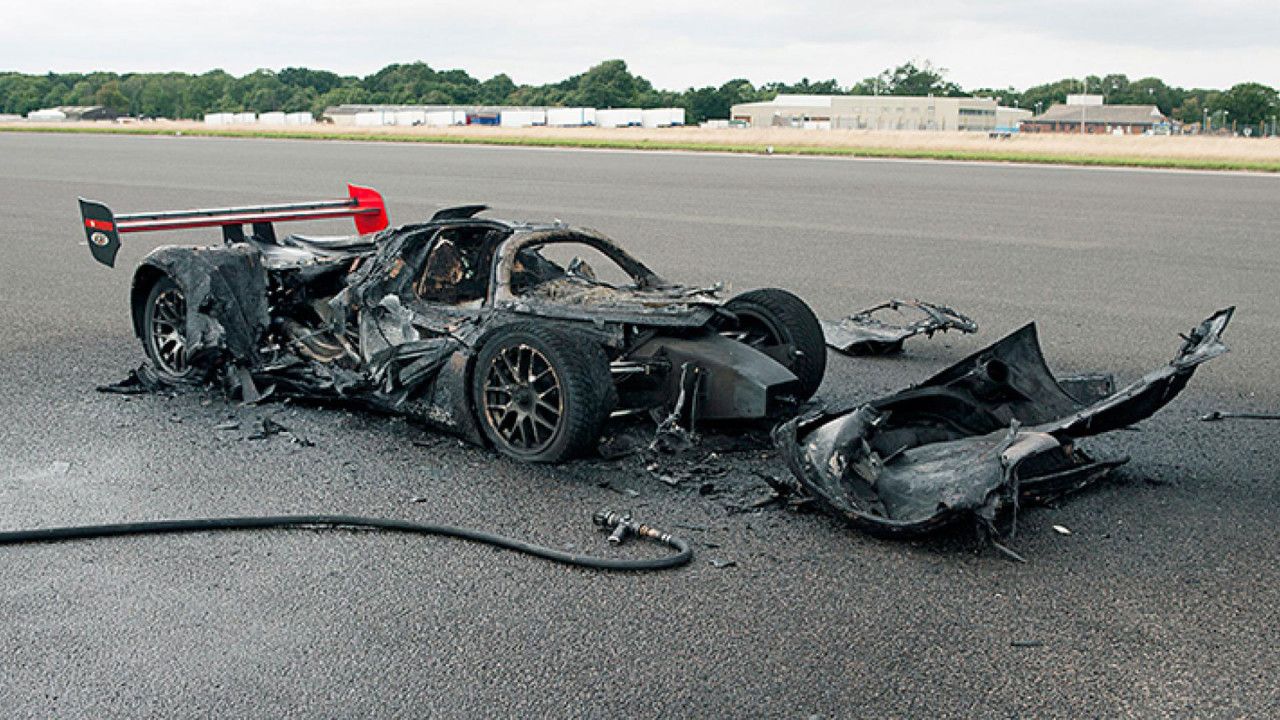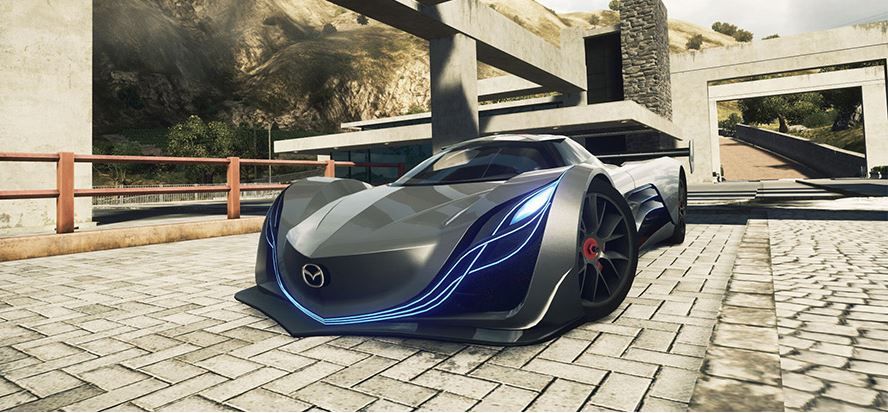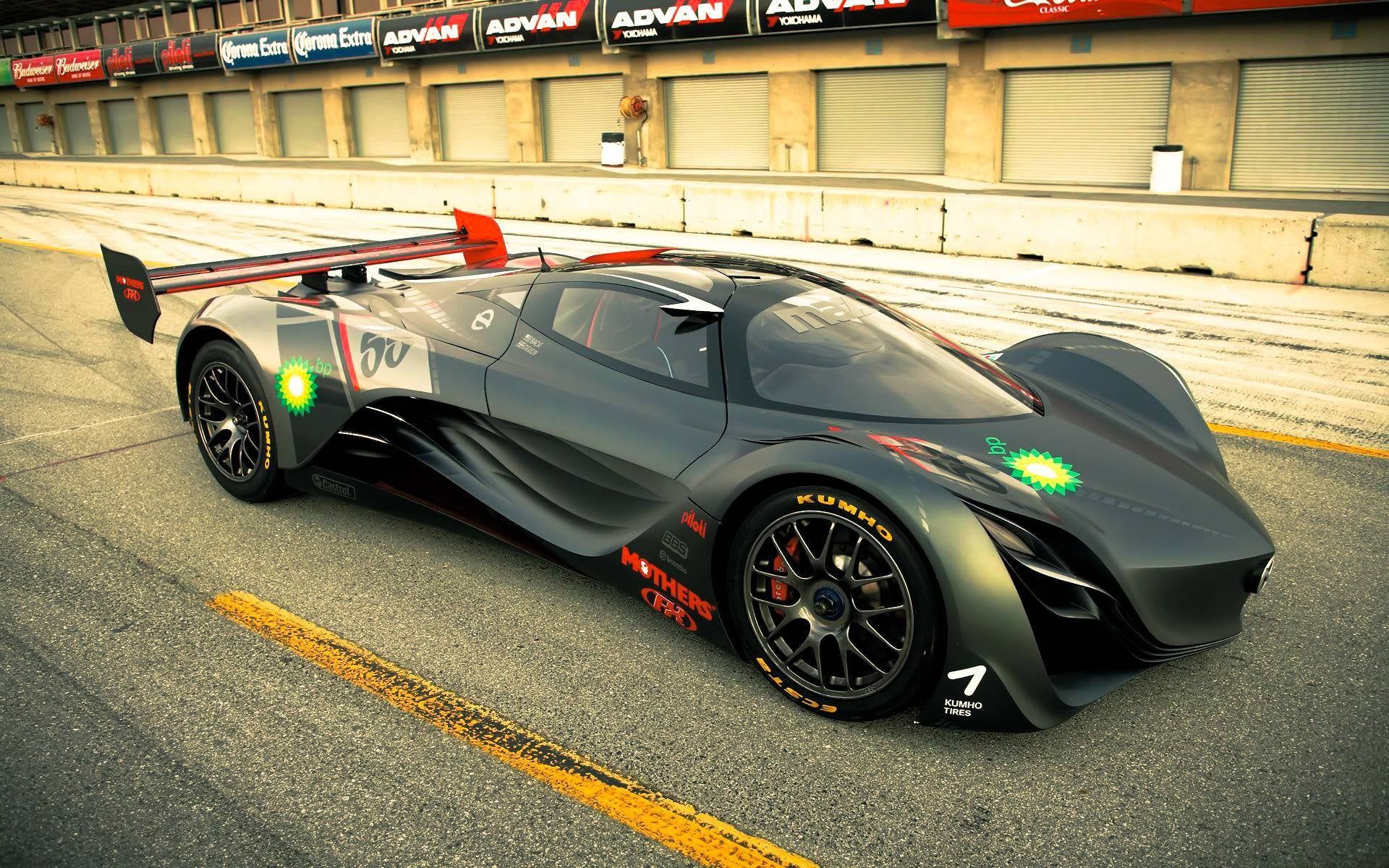Besides certified gearheads and avid automotive enthusiasts, most people believe that exotic supercars are exclusive to Italian and other European carmakers. The JDM manufacturers are relegated to producing everyday workhorses that are durable, reliable, and affordable to the common folk. But the Japanese have proved on many occasions that they can deliver well-sculptured and overpowered exotic supercars capable of rivaling their European counterparts. There are plenty of examples, from the classic Toyota 2000GT to the modern Acura NSX or the fierce Nissan GTR Godzilla. Mazda's concept car that time seems to forget is also a formidable example of Japanese automakers' engineering excellence.
Mazda built the Furai to pay tribute to their legendary race car that won the 1991 Le Mans. The Furai was unveiled to the world during the 2008 Detroit motor show, and it could have been the perfect racecar for the road had it not met a tragic fate. Read on to discover more facts about the forgotten Mazda Furai.
10 Powered By A Three Rotor Wankel Engine
The great Wankel engine is all but dead, with the only notable survivor is in a motorcycle, the Crighton CR700W, which makes an incredible 220 hp from a 690cc motor. Mazda hasn't used it in any car since the RX-8 due to poor fuel efficiency and emissions. But before the RX-8, Mazda had attempted to bring back the glory of rotary power with the Furai.
The Furai featured a three-rotor Wankel engine running on special E100 pure ethanol fuel and producing 450hp. This was in classic Mazda form and was a spiritual successor to the successful Le Mans-winning 787B.
9 Weighed Just 1488 Pounds
One common theme with Wankel engine-powered cars is their lightweight packages. The Mazda Furai is no exception as it came in at an ultra-lightweight package, weighing just 1488 pounds, with every component contributing to this low curb weight. It featured an ultra-lightweight driveshaft, fully transparent glass, and carbon fiber body structure.
It is until you consider the lightweight package of the Furai that the 450hp produced starts looking monstrous. The result was a power to weight ratio of 0.66, which is three times better than a Bugatti Veyron.
8 180 Mph Top Speed
The rotary engine power and the lightweight package make the Mazda Furai a very fast car. It was good for 180 mph top speed and an impressive zero to 60 mph time of about 3 seconds. This helped elevate the car from a visually stunning concept to a fully functional supercar. It also came with world-class handling, making a good recipe for a potentially great production car.
Mazda developed various parts of the car with top brands, and perhaps the 6-speed semi-automatic gearbox by X-trac contributed to the car's swift power delivery.
7 Futuristic And Aerodynamic Body Design
The Mazda Furai is undeniably stunning. The design team at Mazda Southern California styled it to be both aerodynamically functional and beautiful. It features an aggressive and futuristic-looking design, making it one of the best-looking concept cars ever made. Mazda partnered with several players to make the Furai a stunner. The body surface featured core design elements like aggressive headlamps and Mazda's five-point grille. The headlamp trim pieces proved functional by helping cancel aerodynamic lift.
A gigantic wing provided sufficient downforce to keep the car grounded, and it could have come in handy if Mazda had gone ahead and taken the car racing.
6 Last Of Nagare Concept Cars
The Nagare is Mazda's design language incorporated in a handful of concept cars, beginning with the 2006 Mazda Nagare. The flow form language created by Franz von Holzhausen and Laurens van den Acker was intended to showcase what Mazda cars would look like in the 2020s. The design was influenced by wind, and all the cars featured distinct flowing lines. The Furai was the most popular and storied among cars built using the Nagare principles.
Mazda abandoned the Nagare design process in 2011, but a few production cars like the Mazda6 or Mazda Premacy have cues of swooping leaf-shaped headlamps or flowing lines into their bodyworks.
5 Seemed To Blur The Gap Between Road And Track
If you've read Mazda's press release for the Furai, you will agree "the embodiment of Zoom-Zoom" tagline did no justice to the hard work that went into making the car an amazing ride. The designer intended to build a car that would feel at home both on the racetrack and on the streets. A departure from the regular supercars of the time that were created for outright performance with disregard for usability.
The Furai was ahead of its time, and it was not until the last few years that we have seen manufacturers make track toys that are capable of being driven on the daily.
4 Named After The Sound Of Wind
In Japanese, Furai aptly translates to the sound of the wind, although the car isn't named after the sound it makes. It is instead about the car's visual impression.
Were Mazda to name the Furai after its exhaust note, it would be in the lines of a passing Formula One car, since that is what comes out of the Wankel motor when running flat-out. The sound coming out of the quad-rotor of a modified RX-7 was fantastic, but the screaming psychopath that is the Furai blows it out the water with its tri-rotor setup.
3 It was Just A Show Car
The Furai is one of those cars every gearhead would love to drive at least once. The car had all the ingredients to deserve a run on our roads. From road car underpinnings, to the race capable Courage C65 LMP2 chassis used in the American Le Mans Series and the countless hours spend designing the car using the latest technology. Sadly, Mazda had other plans with the car, and it remained mainly a show car, even though it was fully functional.
But this wasn't enough to take the Furai into production, as it was relegated to a few popular show runs, most notably the Laguna Seca and the Goodwood Festival of Speed.
2 The Furai Burned To Death
Very few people got to drive the Furai, and when Top Gear got their turn behind the wheels, it ended up in a tragic end for the concept car. The car went up in flames while running a photoshoot for the car magazine. It took just eight minutes to reduce the Furai to a shell, but not much is known of what caused the fire that scorched one of the most beautiful concept cars ever.
Top gear was also the only magazine in the world to have driven the car. The remains were moved to Mazda's Advanced Design Studio in California.
1 You Can Only Drive It In A Video Game
There is always a tiny possibility of driving even the rarest of concept cars if they are still intact. But the same can't be said of the Furai after it was reduced to ashes. There is still a chance to take the Furai for a spin, but only virtually, in select video games like Forza, Gran Turismo, or Asphalt 9. It is ideal for speed-oriented tracks due to its high-top speed, superb acceleration, and excellent handling, making it a joy to drive.
Arguably, the Furai had the potential to be so much more than a mainstay of video games, but it just wasn't meant to be.

